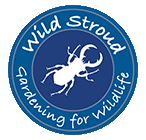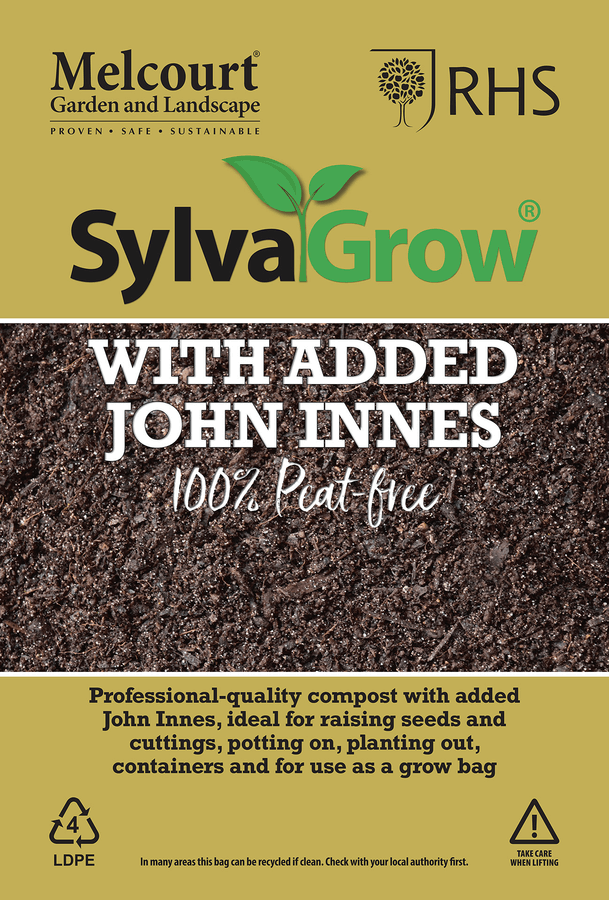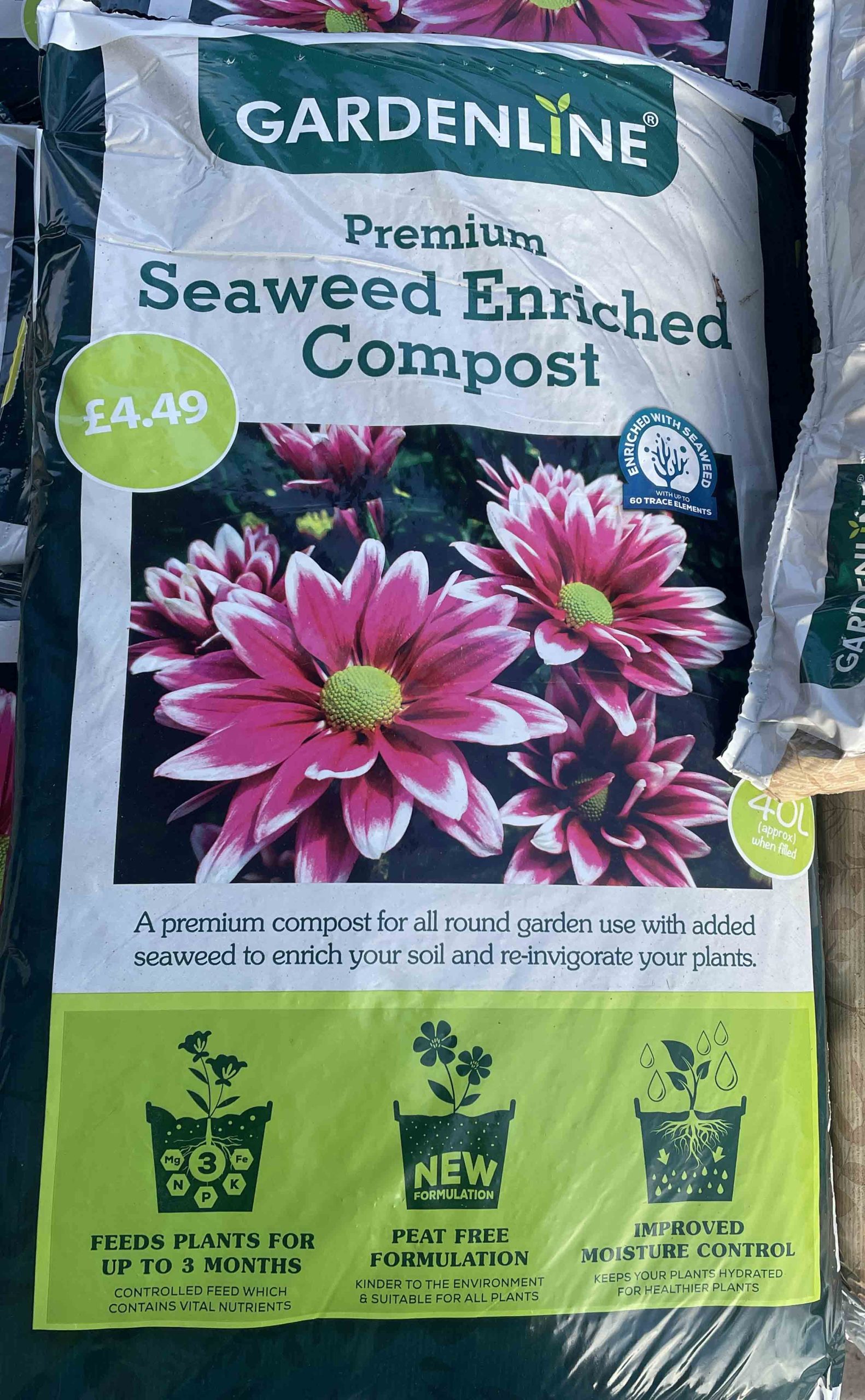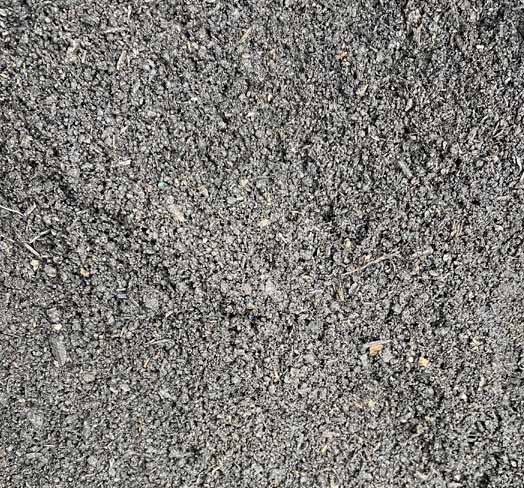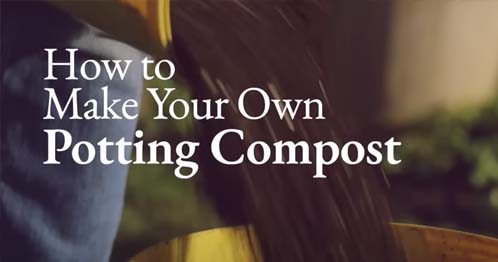We’re going Peat Free
At last. From 2024 shops and garden centres will sell only peat-free composts. Commercial growers continue to be able to use peat-based products so most of the plants in garden centres and shops will be grown in peat compost. If it doesn’t say peat free assume it isn’t peat free. It is fantastic to see that most places are selling predominantly peat-free compost.
Over the next few years, these composts will develop but for the moment it’s hard to know how to choose which one. We’re going to try and help you decide or at least know what to think about or look for. Many home gardeners will make their own mixture and we’ve put lots of curated links below to their recipes.
Potential ingredients
Most peat-free composts will contain a variety of ingredients which might include:
- Coir, or coconut fibre. This by-product hasgood water-holding ability and a porous structure but doesn’t retain nutrients well.
- Woody materials, such as wood fibre or composted bark. Easily tailored to suit different plants, these provide an open structure and have good drainage
- Green waste. Collected and composted by local authorities, this is high in nutrients and must abide by industry standards to ensure consistency
- Digestate. Digestate is a nutrient-rich substance produced by anaerobic digestion that can be used as a fertiliser. It consists of leftover indigestible material and dead micro-organisms
- Sheep wool. A waste product from farming, that’s high in nitrogen with good water retention.
- Bracken. Sustainably harvested and composted this invasive plant is high in potash and a great soil conditioner
- Sand and Grit. To influence the structure of the compost
- Added Nutrients. Most companies have developed their own formula and it will be hard to tell what they have added and it what quanities
How do I know if it’s Peat Free and where do I get compost from?
If it doesn’t say Peat Free on the packaging then assume it isn’t. We have a producer of Peat Free composts in Tetbury – Melcourt and you can see in the picture it clearly states Peat Free.
In 2023 it appears that peat-free is the norm. This is for bags of compost not necessarily plants already in pots. B&Q goes peat-free and its plants are now grown peat-free too. This is a major step forward but what we don’t know is whether these are insecticides free too. Waitrose, Aldi, B&Q, Denis Brown Woodyard, the Farmshop in Bisley, Pound Farm on the Gloucester Road all have their peat-free stocks in. See links below.
You could make your own compost and we’ve several links below to recipes for that but if you do want to buy check the packaging.
Is Peat-free any good?. How to choose
There appear to be quite a lot of complaints about peat-free compost. These include that it dries out too quickly and it is too coarse. Over the next few years we’re sure that companies will refine their offering but in the mean time how do you know what to buy?
Tips for buying
- If you’ve not used the compost before buy just one bag to start with to see what it is like.
-
The opinion of many people within Wild Stroud is that the Melcourt SylvaGrow with added John Innes (which basically means they added a percentage of loam/soil to the mix) is good for growing seeds and for potting on. It comes at a higher price than some of the other composts but it is much finer than many. The only place we know you can get this in Stroud is Denis Brown Woodyard. The Nailsworth Garden Centre also stocks it as does Pound Farm, Whaddon. Stancombe Beech Farm Shop in Bisley stocks Melcourt but not the one with added John Innes
- What a compost is based on makes. a huge difference to the texture, it’s water retention and drainage

Why we need to keep peat in the ground – and out of our gardens
If you’re not sure what peat is and why it is so important for us to look after our peat bogs this site has a really clear explanation of what peat is and why we need to keep it in the ground and not in our gardens www.plantlife.org.uk
Make your peat-free compost better
If you find yourself with a bag of compost that is too lumpy and coarse with a little effort you can repurpose it. First, put it through a garden sieve. The picture on the right is some recycled garden mulch after putting through a fine sieve. The product felt smooth and aerated. The leftovers were mostly bits of wood which were used to mulch flower beds and also added to the compost bin and will continue to break down.
Worms or good homemade compost
The sievings were then added to sieved compost from a wormery and homemade compost. If you don’t have these available pick up a bag of soil and add some of that.
Seaweed Powder
Some composts available have added seaweed as a fertiliser. This is also available in dried form from garden centres (see what the RHS says about it). You could also had other fertilisers of your own choice but if you are growing from seed don’t add too much, seeds will germinate in lower-nutrient compost and then be transplanted.
How food and garden waste is turned into compost
With regular collections of food waste and garden waste now happening, see how this is used by some of the commercial companies to make their compost. Find out more
Watch Charles Dowding make his own compost
Charles is well known for his development of the no-dig approach to gardening, in particular vegetable growing. Watch Charles explain how he made his compost in January 2023. Click here
“It’s a myth that peat is necessary for a healthy garden. This is just not true. Trust me, I’m a botanist.”
Lovely article from the Wildflower Garden on why we use peat, how to make your own alternative soils and compost for different uses and recommendations of plants that do really well without peat in the soil
How to Make the Best Potting Mix for Starting Seeds – from GrowVeg
Do you really need special soil that you have to buy in plastic bags at the garden centre in order to plant your seeds? Well, opinion is mixed on this one. The trouble with just using some of the soil from your garden is it might well be full of other seeds that you don’t really want to grow (some people call these weeds). Soil that is too rich, too dry, too wet etc etc can cause a problem. I watched the video and found some additional information which was interesting but 5.49 minutes was enough – have a pen and paper ready if you watch the video there’s a lot of information.
.
Pledge to go Peat Free with Butterfly Conservation and Monty Don
Writer, Gardener and television presenter, Monty Don, has described using peat in your garden as an act of eco-vandalism, see why here. Join him in going peat-free in your garden. You can either make your own or purchase peat-free composts. Make a pledge to Butter Conservation to be peat-free this year. Receive news and wildlife gardening tips from Butterfly Conservation.
